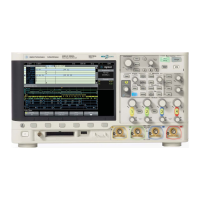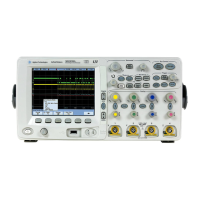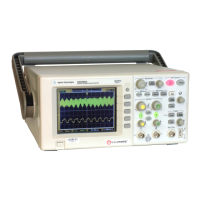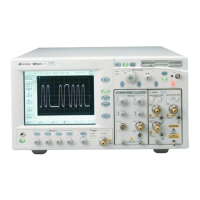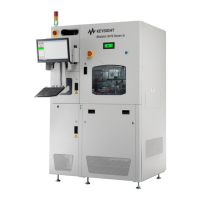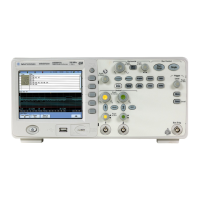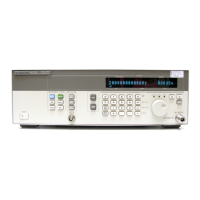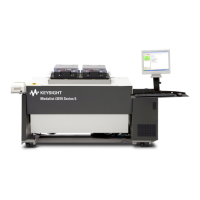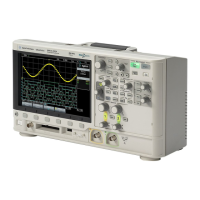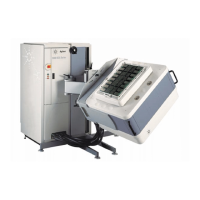338 Agilent InfiniiVision 3000 X-Series Oscilloscopes User's Guide
22 CAN/LIN Triggering and Serial Decode
3 Press the Trigger: softkey; then, turn the Entry knob to select the trigger
condition:
• SOF - Start of Frame — The oscilloscope triggers at the start of a frame.
• Remote Frame ID (RTR) — The oscilloscope triggers on remote frames
with the specified ID. Press the Bits softkey to select the ID.
• Data Frame ID (~RTR) — The oscilloscope will trigger on data frames
matching the specified ID. Press the Bits softkey to select the ID.
• Remote or Data Frame ID — The oscilloscope will trigger on remote or
data frames matching the specified ID. Press the Bits softkey to select
the ID.
• Data Frame ID and Data — The oscilloscope will trigger on data frames
matching the specified ID and data. Press the Bits softkey to select
the ID and set up the number of data bytes and values.
• Error Frame — The oscilloscope will trigger on CAN active error frames.
• All Errors — The oscilloscope will trigger when any form error or
active error is encountered.
• Acknowledge Error — The oscilloscope will trigger when the
acknowledge bit is recessive (high).
• Overload Frame — The oscilloscope will trigger on CAN overload
frames.
4 If you select a condition that lets you trigger on ID or data values, use
the Bits softkey and the CAN Bits Menu to specify those values.
For details about using the CAN Bits Menu softkeys, press and hold the
softkey in question to display the built- in help.
You can use the Zoom mode for easier navigation of the decoded data.
If the setup does not produce a stable trigger, the CAN signal may be slow enough that the
oscilloscope is AutoTriggering. Press the [Mode/Coupling] key, then press the Mode
softkey to set the trigger mode from Auto to Normal.
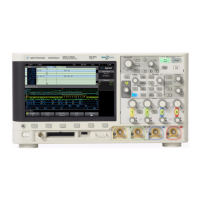
